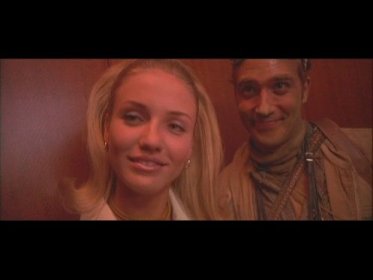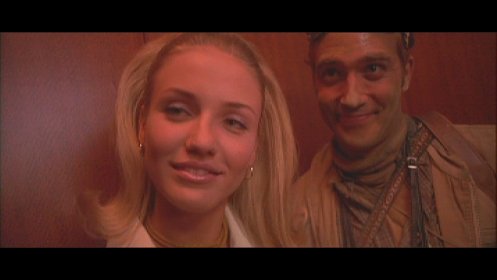|
|
Letterbox Video
Letterboxing is a method of displaying a widescreen movie on a display in it's original aspect ratio. There are many different aspect ratios a director can choose from. The director can make a movie in a variety of ratios from 1:33 to 2:35, 1.85 and 2.35 being the most common for theatrical releases. To letterbox a video, the movie uses the entire width of the 1.33/1.78 display and black bars are added to the top and bottom to achieve the correct aspect ratio. The larger the width (2.35) the thicker the black bars. A 1.66 movie would have very small black bars, compared to a movie with a 2.35 ratio, on a 1.33 display. A 16x9 display shows less of the black bars, therefore the active picture would be bigger. Making a 16x9 display ideal for widescreen movies of any ratio.
Note: Do not get a widescreen TV that has the same diagonal size or you will be disappointed. If you get a widescreen TV that has the same height as your standard TV, 4x3 images will appear the same size and widescreen movies larger, as shown below.
I have shown the standard TV image smaller here, to show the relationship of the two types of TVs that have the same height. For an example of how each ratio is displayed on a particular device see the Standard TV or Widescreen TV section.
Letterboxing a widescreen movie
Image without any additional formatting to fit a particular screen.
|

|
A letterbox movie shown on a 4x3 display
Same vertical size as shown on 16x9 display below. Obvious advantage to
having a 16x9 display for watching letterbox/widescreen movies.
|

|
A letterbox movie shown on a 16x9 display:
Shown at the same vertical size as the 4x3 display. When buying a 16x9
display makes sure it has the same vertical size. Do not use the corner to corner size because then even non-letterbox stuff will be smaller.
|

|
|

